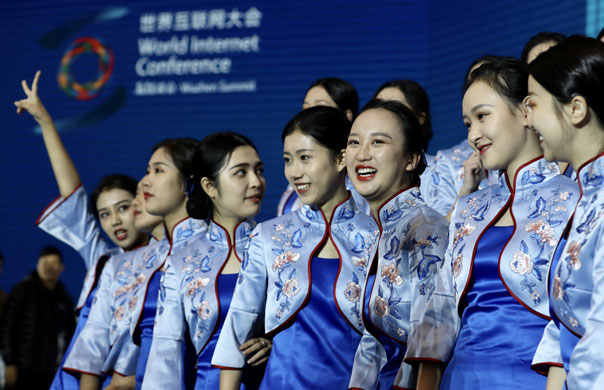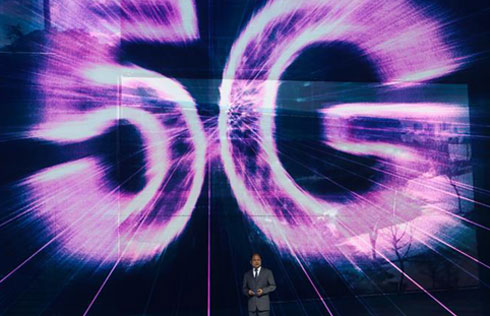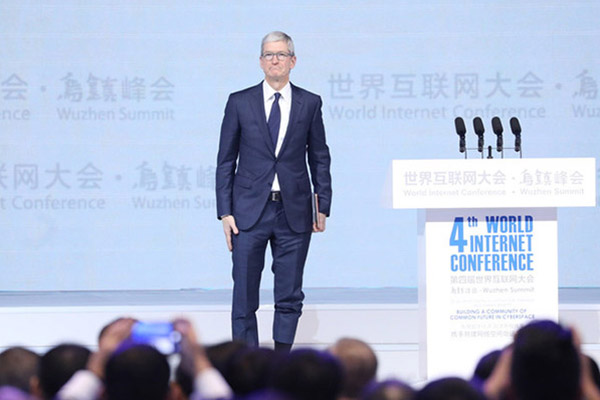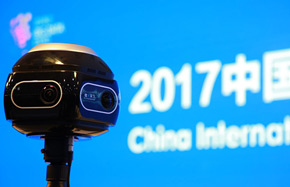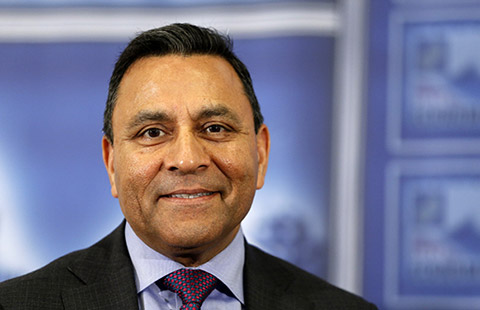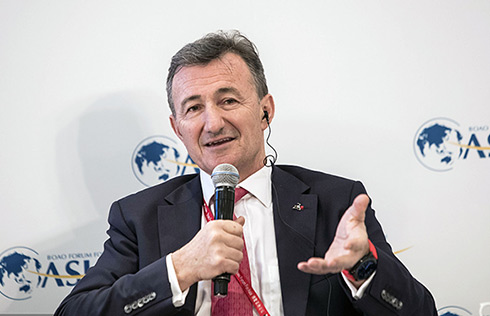Ad giants' merger presents challenges
The Publicis-Omnicom merger would be the largest in the history of the advertising industry. With a combined market value of $35.1 billion, it would control 41 percent of the global advertising market. The new company would overtake WPP, which is worth $24.1 billion and has 32 percent of the global market, to become the world's largest ad and marketing company.
According to media reports, Maurice Levy, chief executive officer of Publicis, pointed out that a key reason for the planned merger was to create a marketing and advertising group strong enough to compete with digital giants such as Google Inc and Facebook Inc.
Advantages such as the effective, precise and detailed data collection of consumer behavior are leading advertisers to invest increasing resources in digital advertising.
According to media reports, in pursuing its digital strategy, Publicis has acquired digital advertising firms such as Razorfish and DigitasLBi. Omnicom, on the other hand, invested in digital advertising companies such as Annalect, a digital ad buying and analytic specialist.
The combined company is expected to have digital abilities strong enough to challenge all of its competitors around the globe.
The reaction of Chinese small ad companies will be to specialize, according to Zhu Xiaogang, general manager of brand communication for DongDao Brand Design and Management.
"We're under great pressure to become more specialized because the global giants are much more advanced in their overall reach. But changes are fast. We are more concentrated. And our cost of talent could be lower," Zhu said.
For China's larger ad companies, especially the privileged few with good cash flow, the strategy can also be to seek their own tie-ups, both at home and abroad.
Beijing-based BlueFocus Communication Group, which was listed on the mainland's growth enterprise market in 2010, is seen as one of the companies best equipped, due to both its capital and size of operations, for such an expansionist strategy. BlueFocus did not exist before 1996, but it now runs 23 regional offices in China, with a total staff of 500. The company has been active in the M&A market and has made a series of deals in the last couple of years.
The ongoing shake-up in the global advertising and marketing industry may offer such an aggressive young company a chance to build itself into a global player.






